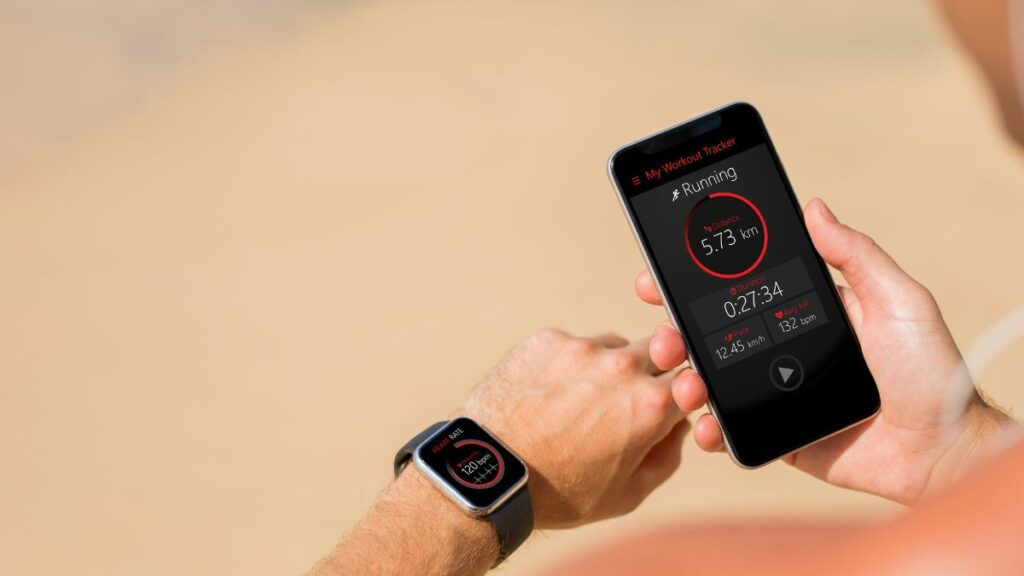Wearable technology has been growing in popularity in recent years. These devices are not just trendy accessories; they can also be powerful tools for monitoring body transformation and improving health.
Here are three ways that people are using wearable technology to achieve their health goals:
Tracking Physical Activity and Exercise
One of the most common uses of wearable technology is tracking physical activity and exercise. These devices can monitor various metrics such as steps taken, calories burned, distance covered, and heart rate.
This information can be used to set and achieve fitness goals, such as reaching a target number of steps per day or increasing the intensity of a workout. Wearable technology can also provide valuable feedback on form and technique during exercise, helping to prevent injury and improve performance.
Some examples of wearable devices that track physical activity and exercise include fitness bands, smartwatches, and sports-specific devices such as running watches or cycling computers. These devices typically sync with an app or online platform, allowing users to analyze their data over time and track progress toward their fitness goals.
Monitoring Nutrition and Diet
Monitoring diet leading up to a 90-day body transformation program for females is another way that people, especially women, are using wearable technology to improve their health by monitoring nutrition and diet as part of a 90-day body transformation program.
Some wearable devices come with sensors that can track dietary intakes, such as the number of calories consumed or the amount of protein, carbohydrates, and fats in a meal. This data can help users, especially women, make more informed choices about diet and ensure they are getting the nutrients they need to fuel their bodies as they work towards their fitness goals.
As part of a 90-day body transformation program for females, wearable technology can be a powerful tool for tracking progress toward weight loss, muscle gain, or other health goals. By providing real-time feedback on dietary intake and helping users make adjustments to their nutrition and exercise routines, wearable technology can be a key factor in achieving lasting results.
Tracking Sleep Quality Sleep
Sleep is essential for good health, yet many people struggle to get enough quality sleep. Wearable technology can help by tracking sleep quality and providing insights into how to improve it. Some devices use sensors to monitor the duration and quality of sleep, including factors such as time spent in different sleep stages, interruptions, and snoring.
This information can help users identify patterns and make changes to their sleep habits to improve the quality and duration of their sleep.
Wearable technology can also provide personalized recommendations for improving sleep, such as adjusting bedtime routines, changing sleep environments, or adjusting diet and exercise habits.
Tracking and Identifying Crypto Transactions with Crypto Tracing(Opens in a new browser tab)
Conclusion
Wearable technology is transforming the way people monitor their health and achieve their fitness goals. By tracking physical activity and exercise, monitoring nutrition and diet, and tracking sleep quality, wearable devices provide valuable insights into how to improve overall health and wellness. With the ability to customize these devices to meet individual needs and preferences, wearable technology is an increasingly popular choice for those hoping to take better control of their health and transform their bodies.
